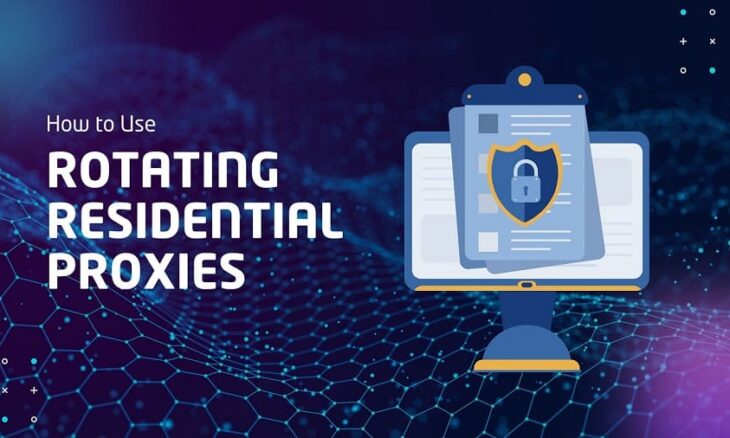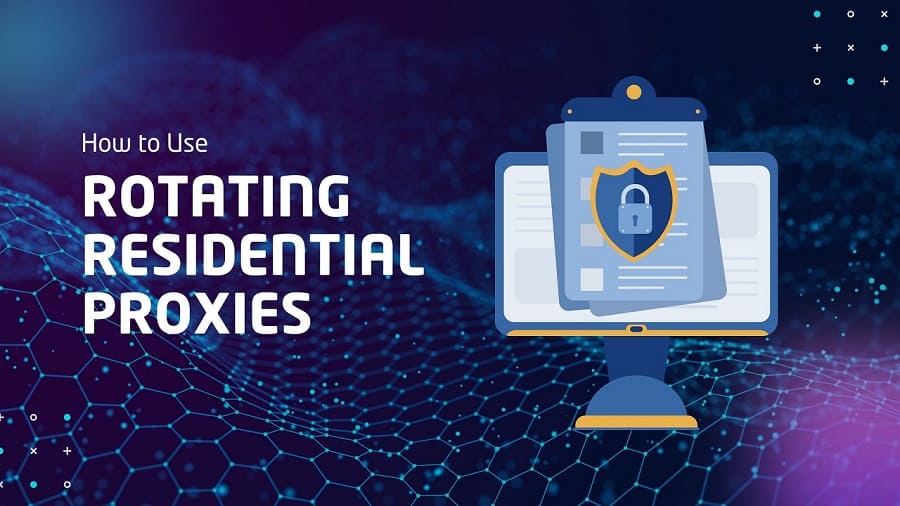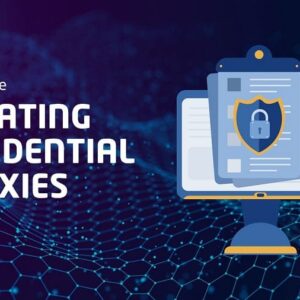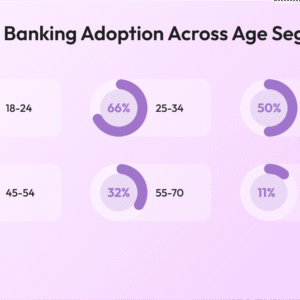
When I began to get into the world of data scraping and online anonymity I would come across the term “rotating residential proxies” all the time. At first I had no idea what they were or how they worked. But once I started to use them I was blown away by their power in regards to market research, SEO monitoring and also very basic everyday use for better privacy. As I grew in my practice I also grew in my knowledge of not only what these proxies are but also how to use them to best effect.
Understanding What Rotating Residential Proxies Are
Before I ever set one up, I had to understand what they actually meant. A residential proxy is an IP address assigned to a real device, such as someone’s home internet connection. This makes my traffic look completely natural to websites, unlike datacenter proxies, which are often flagged because they come from server farms.
The “rotating” feature is that my IP address changes automatically after a set time or after each request which is according to the config. For example when I am scraping product info from an e-comm site I can send out thousands of requests and each one will be from a different IP address which in turn will appear to be from a different home world wide. This in turn keeps me from being identified and blocked by the target site.

Why do I use rotating residential proxies instead of static ones.
In my past experience static proxies do have a use but they are also very limited. When I use a static residential proxy what I get is one IP for an extended time. That may work for signing into a service or managing an account but if I’m in a data collection or running automated tasks that static IP will be detected and blocked very quickly.
Through use of rotating proxies I see that which I am doing as natural integration into the network flow. It is hard for the sites to identify my activity as the IP I am coming from changes out and out within seconds or with each request. Also I am not at risk of a ban and my large scale data collection processes are able to run uninterrupted in the background.
How I Setup and Use Rotating Residential Proxies.
Once I began to use rotating proxies what I found was that the setup is very simple. Most providers do a great job of making it easy for the user, also after you do it a few times it becomes second nature to me.
Choosing the Right Proxy Provider
First I do a thorough research on a proxy provider I trust. There are lots of options out there but which ones to pick is what it comes down to. I tend to go with services that present a wide choice of residential IPs which in turn cover many different countries. Also what I look for is a service which supports both HTTP and SOCKS protocols. At the same time I also look into which has automatic rotation of IPs which in which I can set the frequency.
Price is also a major issue for me. Some companies charge for per GB of bandwidth which is great for a variable use but others provide a subscription which is a set fee. I go for the bandwidth based model which I think gives me more control over my data use. Also it is a matter of finding that balance between price, quality and reliability.
Setting Up My Proxy Connection
After I sign up for a proxy plan I usually get login info and a proxy gateway out. That gateway is the primary access in which rotation takes place via. When I set up my browser or scraping tool I put in the gateway address, my username, and password.
For example when I use a scraping tool like Scrapy or Octoparse I put in the proxy info into the tool’s settings. Once the tool is run it goes out on different residential IPs as I send out my requests. Also I am able to choose to have it rotate with every request or every few minutes which determines the aggresiveness of the rotation.
Managing IP Rotation Timing
This part took me some trial and error. If my IPs rotated too quickly, it sometimes caused connection errors. But if they rotated too slowly, websites would start detecting repeated access patterns. Now, I usually set my rotation interval between one to five minutes for regular scraping tasks.
Some providers let me choose rotation by session — meaning that one IP stays active as long as the session lasts. I am to use this which I find great for when I am trying to keep my login open at a site but also not get banned. It is really having it all.
How I use Rotational Residential Proxies for various projects.
Over time I have put together a set of practical applications for using rotating residential proxies in my day to day online work. Each use case presents it’s own benefits and issues but what I have found is that having a pool of real residential IPs makes the process run more smoothly and more securely.
For Web Scraping and Data Collection
This is what I do with rotating residential proxies. For product prices, customer reviews, or competitor info I use rotation. Without proxies sites would block my IP after a while. But with rotation I am able to collect thousands of data points without issue.
For Social Media and SEO Monitoring
Managing multiple social media accounts can out to be risky when I log in from the same IP address at which time I use rotating residential proxies to put forward the fact that I’m accessing the accounts from different regions and devices. That in turn helps me avoid suspicion or account bans.
For search engine optimization I use proxies which is a great tool to see local search results. As the IP changes to different geographic locations I am able to see what a user in a different city or country would see on Google. That is a very powerful way to obtain accurate keyword data and competitor info.
For Enhanced Privacy and Security
When I am not doing any automation at all I still connect via rotating proxies which is a practice I have to stay anonymous online. I am constantly changing my IP which in turn hides my true location. It is a comfort to me that my online activity does not easily add up into a full profile of my self.
My in depth take on Residential Proxies.
Rotating residential proxies which I have learned to use has transformed how I do online research, automation, and privacy. It took some time to get into the details rotation intervals, proxy pools, and bandwidth issues but once I got the hang of it I couldn’t picture myself back to using anything else.
What I am best to report is that these proxies also give me the ability to protect my identity while at the same time be flexible. I do my complex online work without notice or block and also use the net safely without them knowing my identity.
For those serious in the field of web data, marketing, or online privacy rotating residential proxies are a game which changes the play they’re a game changer. Once you dive in and learn how to use them right you’ll wonder how you ever got by without them.
Author Profile
- I am the owner of the blog readree.com. My love for technology began at a young age, and I have been exploring every nook and cranny of it for the past eight years. In that time, I have learned an immense amount about the internet world, technology, Smartphones, Computers, Funny Tricks, and how to use the internet to solve common problems faced by people in their day-to-day lives. Through this blog, I aim to share all that I have learned with my readers so that they can benefit from it too. Connect with me : Sabinbaniya2002@gmail.com
Latest entries
 ArticleOctober 23, 2025How to Use Rotating Residential Proxies
ArticleOctober 23, 2025How to Use Rotating Residential Proxies ArticleOctober 19, 2025Why You Should Use Geo-Targeted Proxies for Web Scraping
ArticleOctober 19, 2025Why You Should Use Geo-Targeted Proxies for Web Scraping SoftwareOctober 15, 2025The Importance of Cyber Security in a Digitally Connected World
SoftwareOctober 15, 2025The Importance of Cyber Security in a Digitally Connected World BlogOctober 8, 2025The Most Recent Trends in Generative AI in the Banking Industry
BlogOctober 8, 2025The Most Recent Trends in Generative AI in the Banking Industry